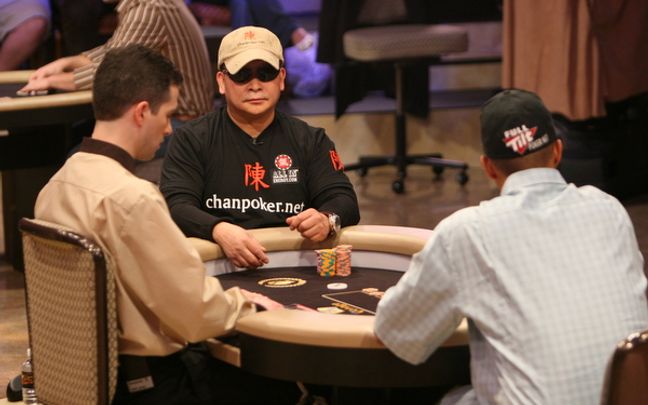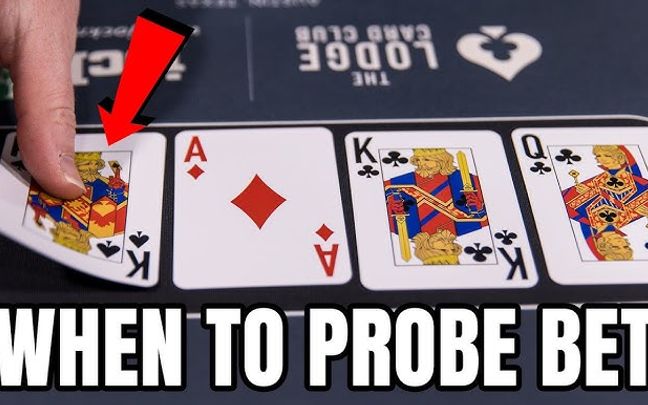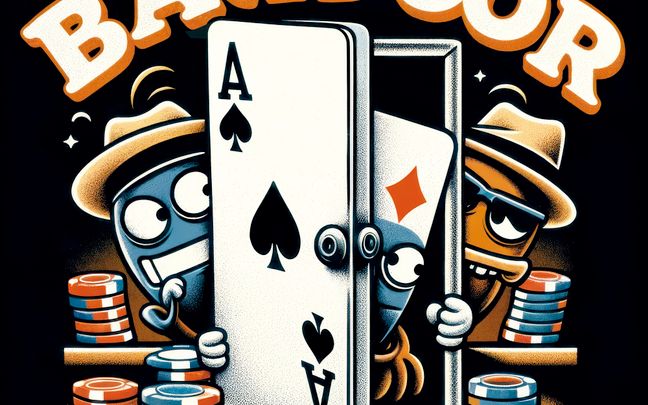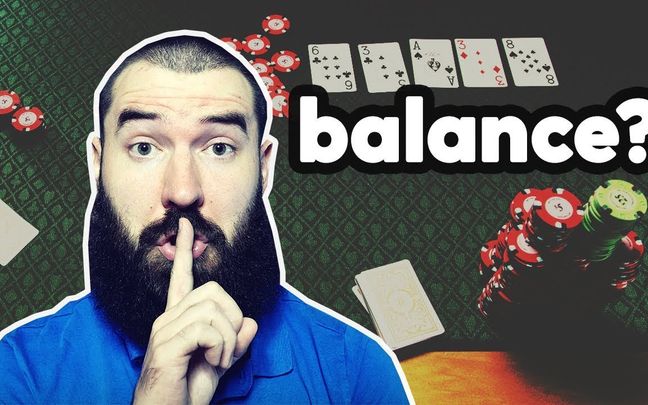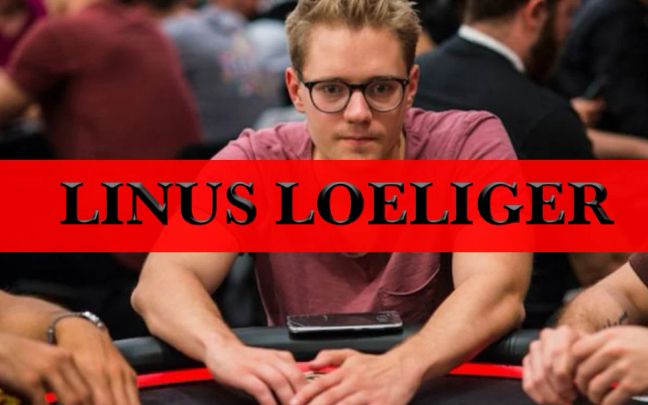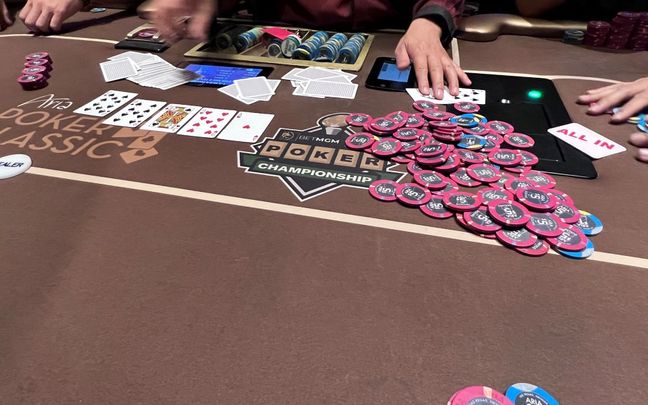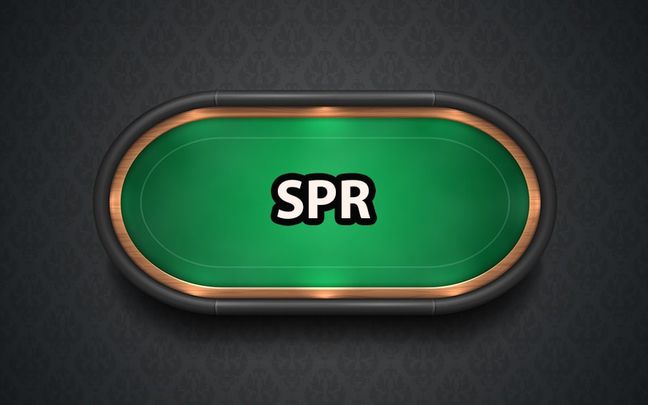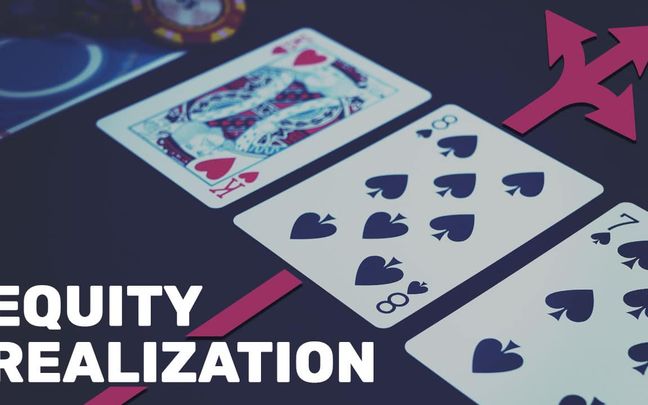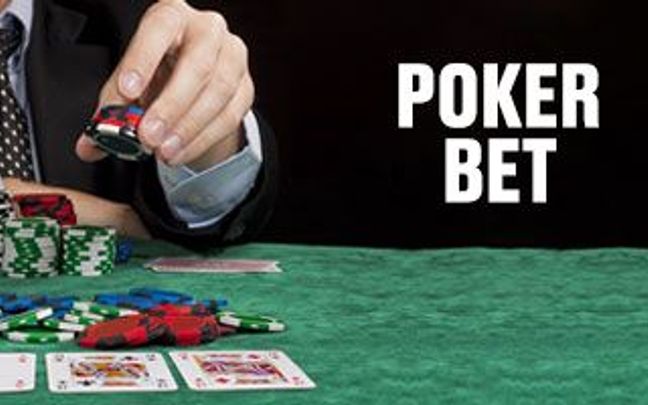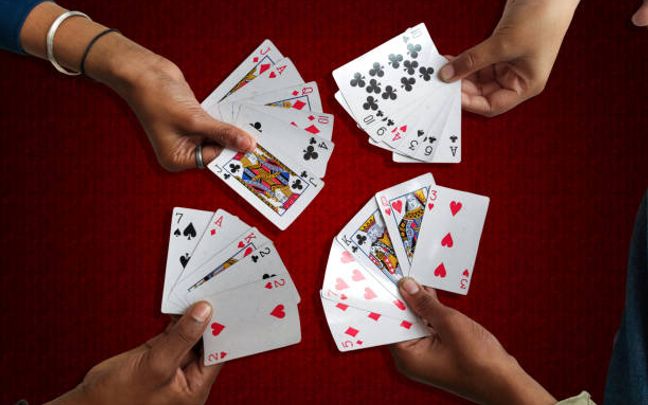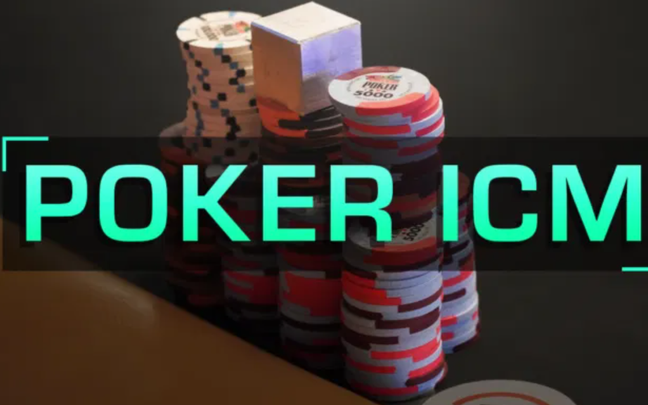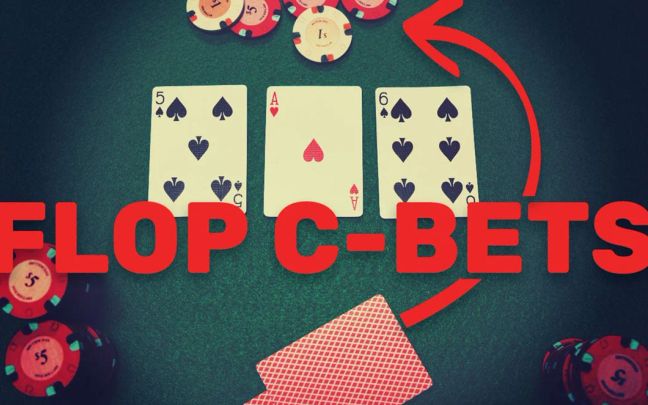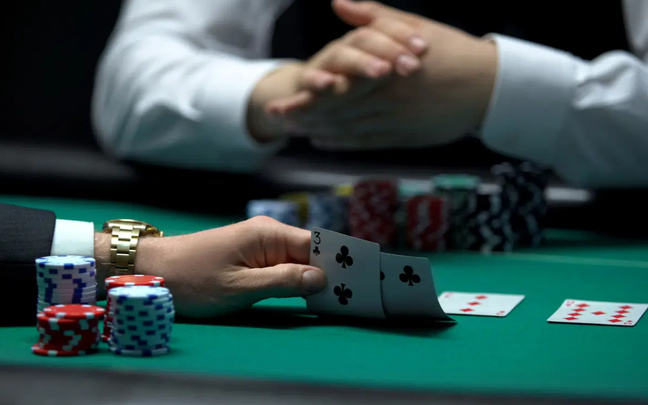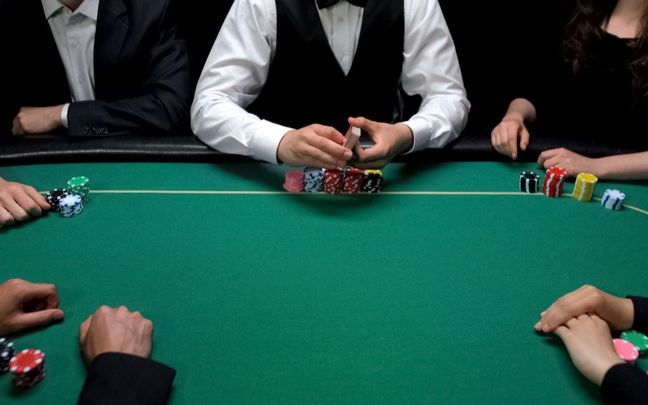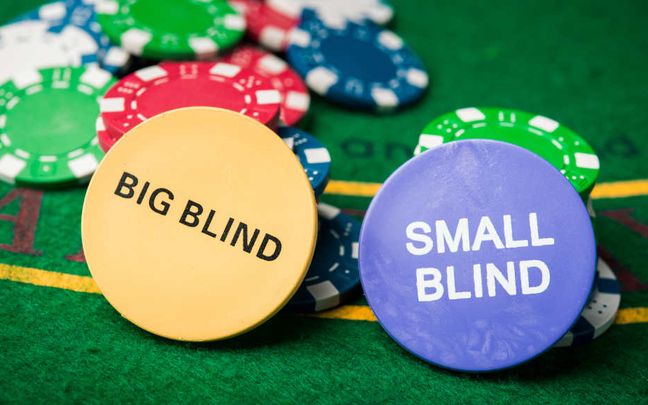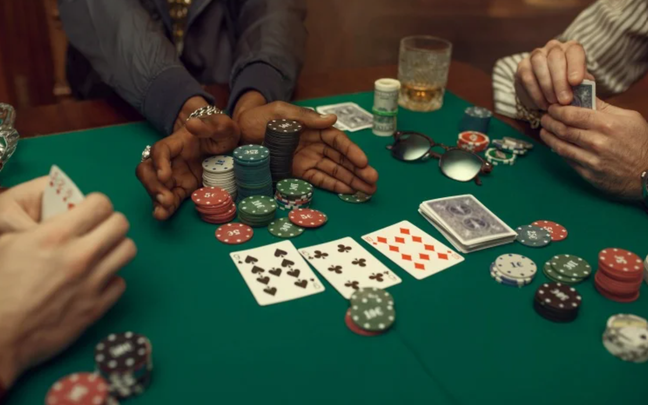In the strategic and calculated world of poker, the concept of Gap - range is crucial for optimizing your strategy. Understanding and effectively applying Gap - range not only helps you better control your betting decisions but also maximizes your chances of winning. By adjusting your hand range based on your seating position and the actions of your opponents, you can play smarter, minimize risks, and increase your advantage at the poker table. This article will explore in detail the concept of Gap - range and how it can be effectively used in poker games.
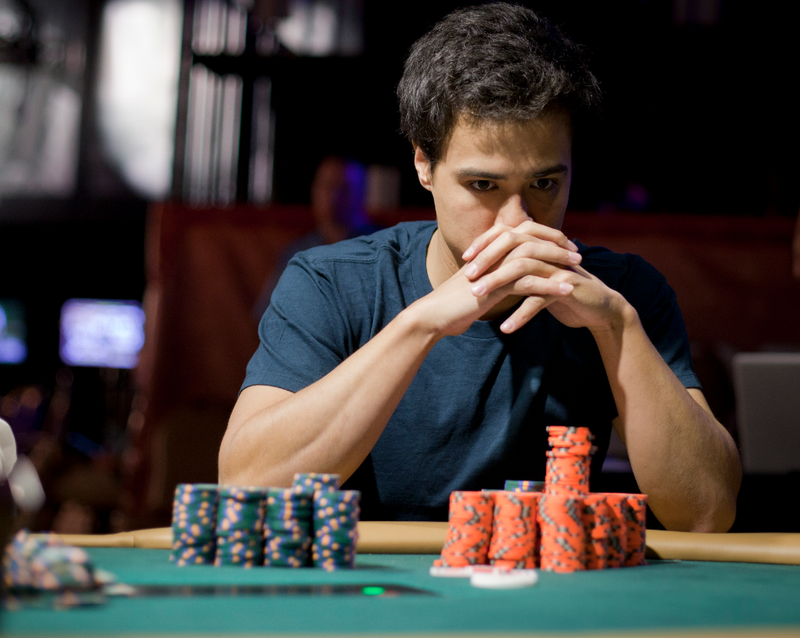
Gap - range in poker is an important strategic concept.
Definition of Gap - range in Poker
In poker, "Gap - range" is a strategic concept that refers to the gap between the hands you need to participate in betting from different positions at the table. The "Gap" is the distance between the best hand you are willing to play from an early position compared to other positions, such as middle position or late position, where you can play a wider variety of hands due to your positional advantage. "Range" refers to all the hands you will play from a specific position, and when talking about "Gap – range," you need to adjust your hand range based on your current position and the actions of your opponents, ensuring that you are playing strategically and advantageously as possible.
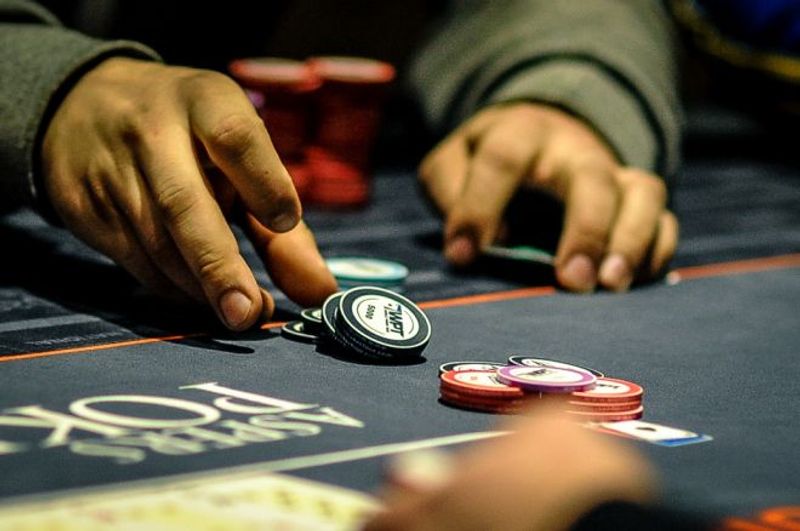
Gap - range helps players optimize their hand range based on their seating position.
Specific Example of Gap - Range in Poker
Below is an illustrative example of Gap - range in poker.
Situation
You are playing Texas Hold'em at a 9-player table. The positions at the table are divided into three main categories: Early Position (EP), Middle Position (MP), and Late Position (LP).
-
Early Position (EP)
-
When you are in this position, you will play with a very tight hand range because you will have to act before the remaining opponents.
-
Hands you can play: AA, KK, QQ, AKs (s - suited).
-
Middle Position (MP)
-
When you are in this position, you can widen your hand range slightly compared to early position because you have more information about the actions of the players before you.
-
Hands you can play: TT, JJ, AQs, AKo, as well as strong hands from early position.
-
Late Position (LP)
-
When you are in late position, you can widen your hand range the most because you have the advantage of information from the actions of all previous players.
-
Hands you can play: 88, 99, KQs, JTs, QJs, as well as strong hands from the previous positions.
Gap – Range
The gap between the ranges of hands you play in different positions is referred to as Gap – range. For example, in an early position (EP), you might only play hands like AA, KK, QQ, and AKs, while in a late position (LP), your range expands to include hands like 88, 99, KQs, JTs, and QJs.
Specific Illustration
-
Early Position (EP): You play only AA, KK, QQ, AKs.
-
Middle Position (MP): You play AA, KK, QQ, AKs, TT, JJ, AQs, AKo.
-
Late Position (LP): You play AA, KK, QQ, AKs, TT, JJ, AQs, AKo, 88, 99, KQs, JTs, QJs.
The gap between playing only the very strong hands in early positions and expanding your range to include more hands in late positions represents the Gap - range. This illustrates how you adjust your strategy and hand range based on your position at the poker table.
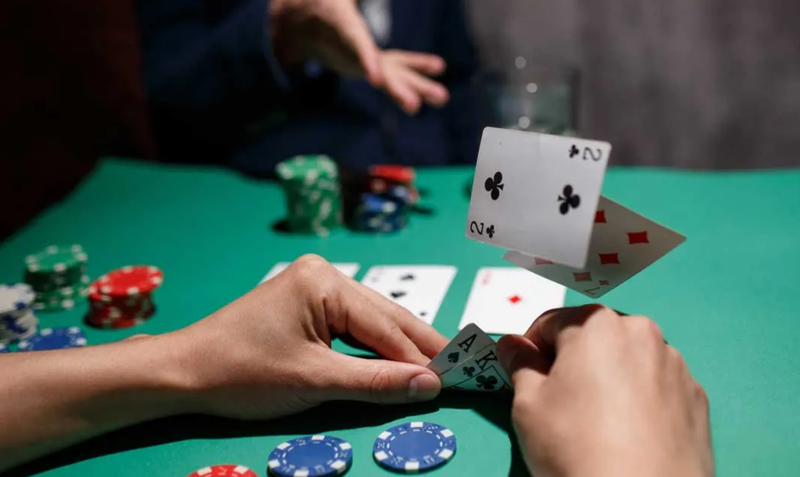
Using the Gap – range helps control the game and create pressure on the opponent.
The Gap Concept in Poker - How It Works and How to Apply It Effectively
The Gap Concept in poker is an important strategy that suggests a player needs a stronger hand to call or raise against opponents who have bet before them compared to what is required to open the bet themselves. This principle helps players adjust their hand ranges based on their position and their opponents' actions, thereby optimizing their chances of winning and minimizing risks. By understanding and applying the Gap Concept, players can better control the game, put pressure on opponents, and play poker more intelligently and effectively.
How It Works
The Gap Concept is a strategic principle that implies a player needs a stronger hand to call a bet or raise from an opponent than they would need to open the bet themselves. The reason for this is that when you are only calling, you are facing an opponent who has already shown strength, whereas if you are the one opening the bet, you control the situation and your opponents are unaware of the strength of your hand.
Example of the Gap Concept
If you are in the late position and everyone has folded before you, you might open with a wider range of hands such as 78s (suited connectors), A9o (offsuit), or KJo (offsuit). However, if a player before you has raised, you will need a stronger hand like AQo (offsuit), TT, or AJs (suited) to call or re-raise.
Effective Application
Understand Position and Opponents
When using the Gap Concept, your position at the table and your opponents' playing styles are crucial. If you are in the late position, you can expand your hand range more due to your positional advantage.
If your opponents are very tight, you will need a stronger hand to call or raise. Conversely, if they are loose, you can exploit this by raising with weaker hands since their likelihood of bluffing is higher.
Adjust Your Hand Range
Use the Gap Concept to adjust your hand range based on previous opponents' actions. For example, if an opponent in an early position raises, you should understand that they may have a very strong hand and require a better hand to continue.
Optimize Psychological Advantage
Applying the Gap Concept helps you control the game and apply pressure on your opponents. When you raise, you signal that you have a strong hand, and they need an even stronger hand to continue. This can force them to fold, allowing you to win the pot without seeing additional community cards.
Minimize Risks
The Gap Concept helps you reduce risks by avoiding unfavorable situations. When you need a stronger hand to call or raise against an opponent who has already raised, you protect yourself from situations where you might lose more chips.
Conclusion
The Gap Concept is a crucial strategic tool in poker that helps players optimize their hand ranges based on their position and their opponents' actions. By effectively applying the Gap Concept, you can better control the game, put pressure on your opponents, and minimize risks, thereby improving your chances of success in poker games.
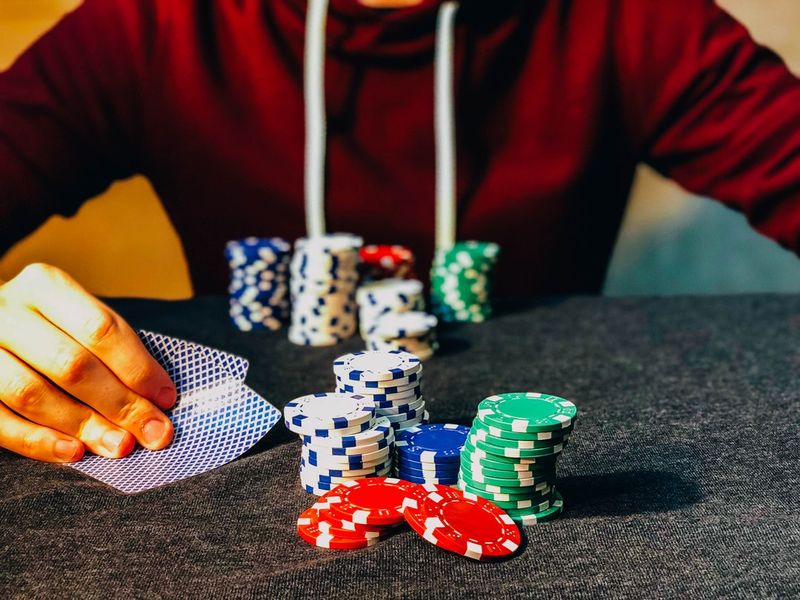
Understanding and Effectively Applying Gap – range to Optimize Your Winning Chances.
In summary, Gap - range is a powerful strategic tool in poker that helps you make smarter and more advantageous decisions at the table. By understanding the differences in hand ranges across various positions and applying the Gap Concept, you can better control situations, put pressure on opponents, and optimize your chances of winning. Mastering and effectively practicing Gap – range will help you become a sharper poker player and win more frequently in competitive games.

